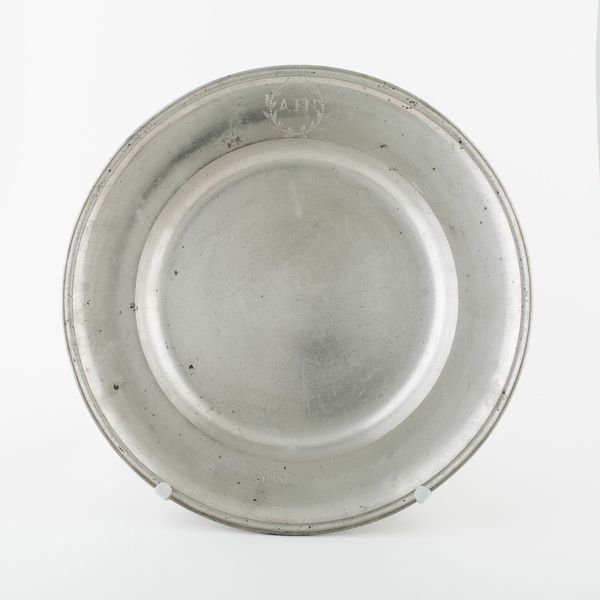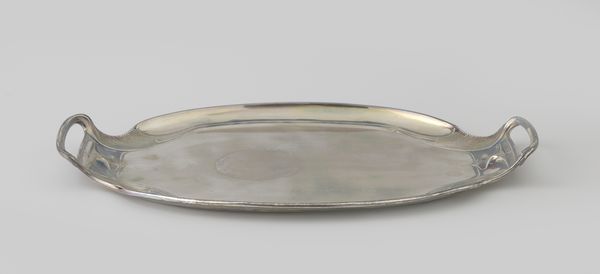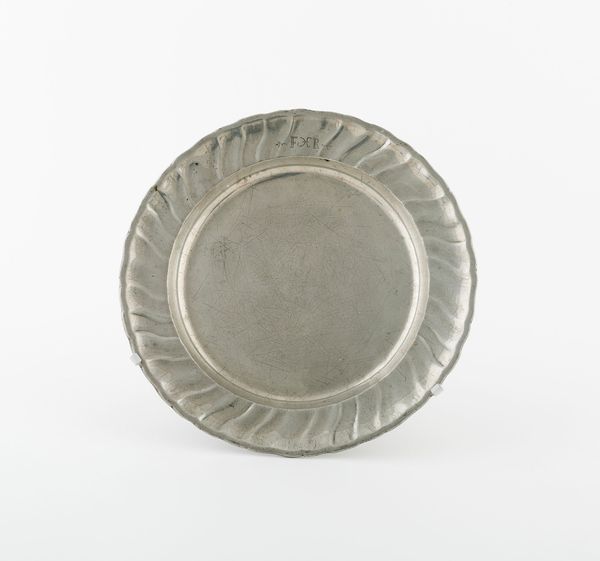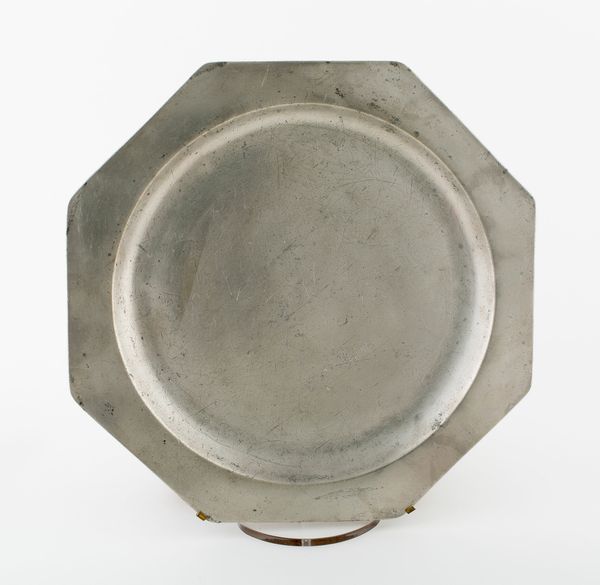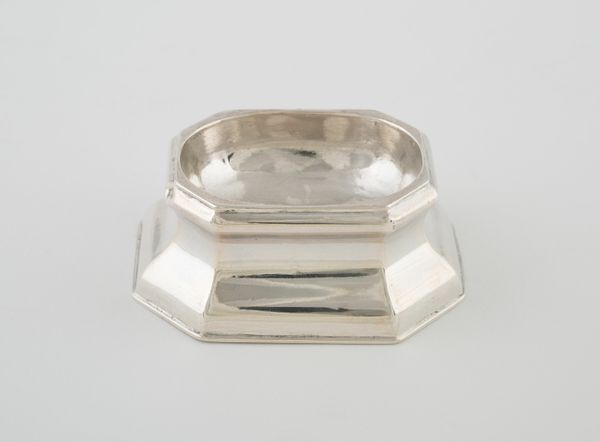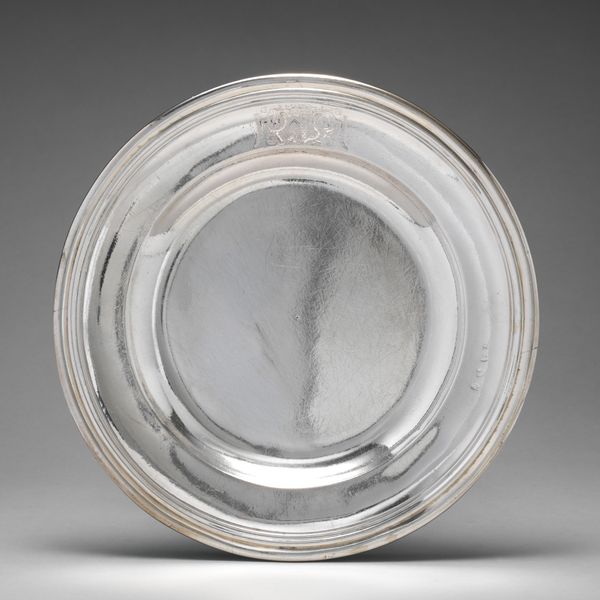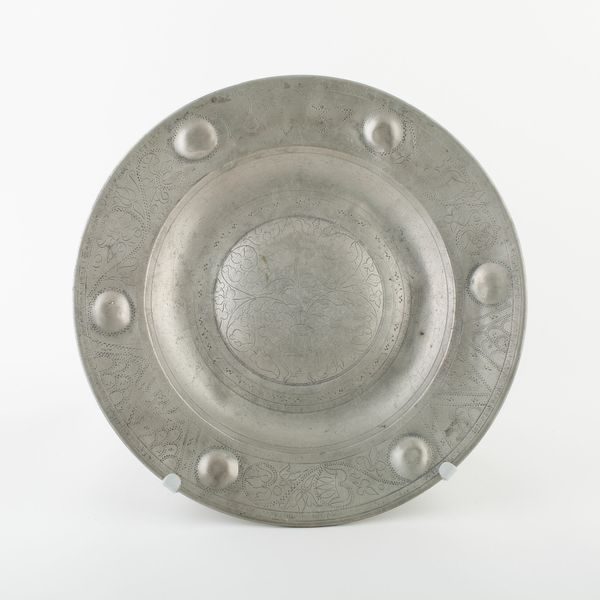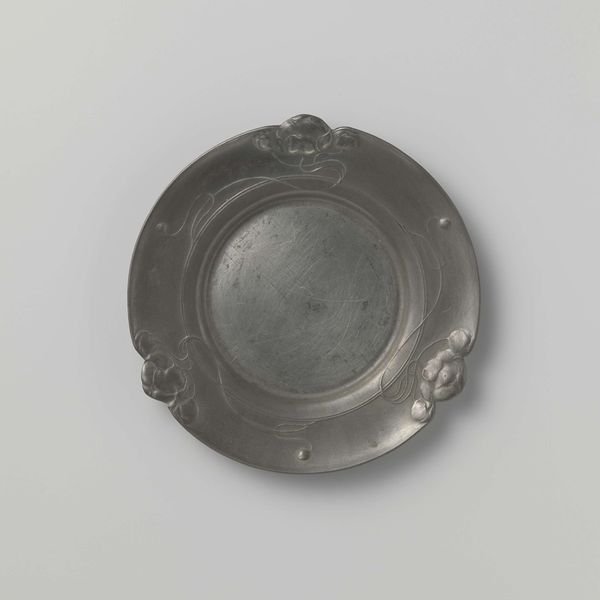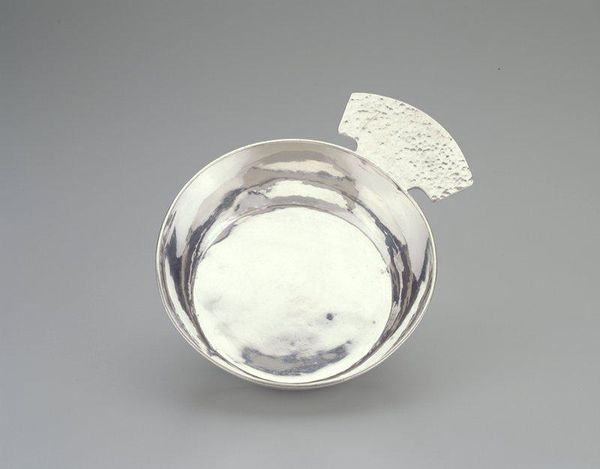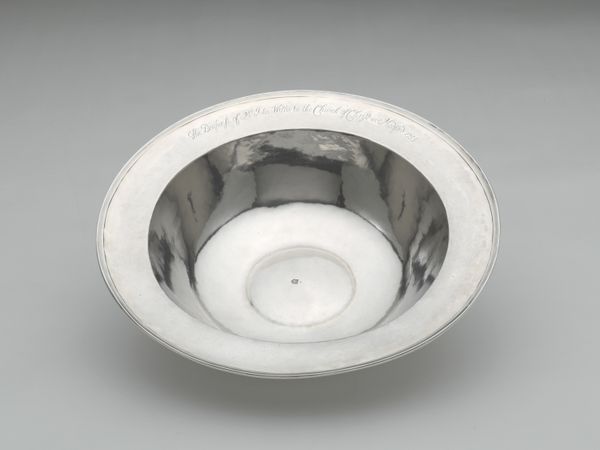
Dimensions: 47 × 61 × 6.4 cm (18 1/2 × 24 × 2 1/2 in.)
Copyright: Public Domain
Curator: Let's consider this piece, titled "Oval Serving Platter." It was created sometime between 1767 and 1778, crafted from earthenware and stoneware. It's currently housed here at the Art Institute of Chicago. Editor: Oh, my. It’s so... austere. It's just radiating "Sunday supper at grandma's," you know, when you were on your best behavior. It looks like an object scrubbed clean of any personality, just waiting to perform its duty. Curator: The baroque period, even in decorative arts, wasn't just about ornate flourishes. There was also a fascination with classical form. This platter evokes that, channeling ancient Roman or Greek pottery with its stark oval shape, a signifier of both elegance and functionality. The visual vocabulary here isn't screams of excess, but quiet competence. Editor: Competence! Yes! It’s brutally competent. You could serve… bland mashed potatoes on that, and nobody would dare complain. It's that kind of object that enforces social order with its sheer grayness. It is an icon of function. Is that contradictory? Curator: I find the monochrome tones intriguing. There's a distinct lack of vibrant color which invites reflection. It moves past being a mere vessel; the color choice amplifies the texture in ways we might ignore with color. What would otherwise go unnoticed gets a spotlight. Editor: Exactly! And it becomes… melancholic. It’s seen so much. All those dinners! All those stories whispered across the table above it. What echoes remain? The marks, the history of scrubbing at stubborn gravy stains…they’re the platter’s memoirs etched onto its surface. Curator: Its unassuming quality also plays into its longevity. These sorts of pieces survive across centuries because they aren’t necessarily "loud" aesthetically; the subtle forms become timeless, blending across styles rather than declaring anyone too vividly. Editor: Maybe it's secretly judging us all. Silently assessing our table manners across the centuries... Nah, just kidding. But this has made me appreciate utilitarian art forms more, finding stories where I initially saw… emptiness. Curator: A fitting end. Everyday objects do carry narratives of ourselves.
Comments
No comments
Be the first to comment and join the conversation on the ultimate creative platform.
